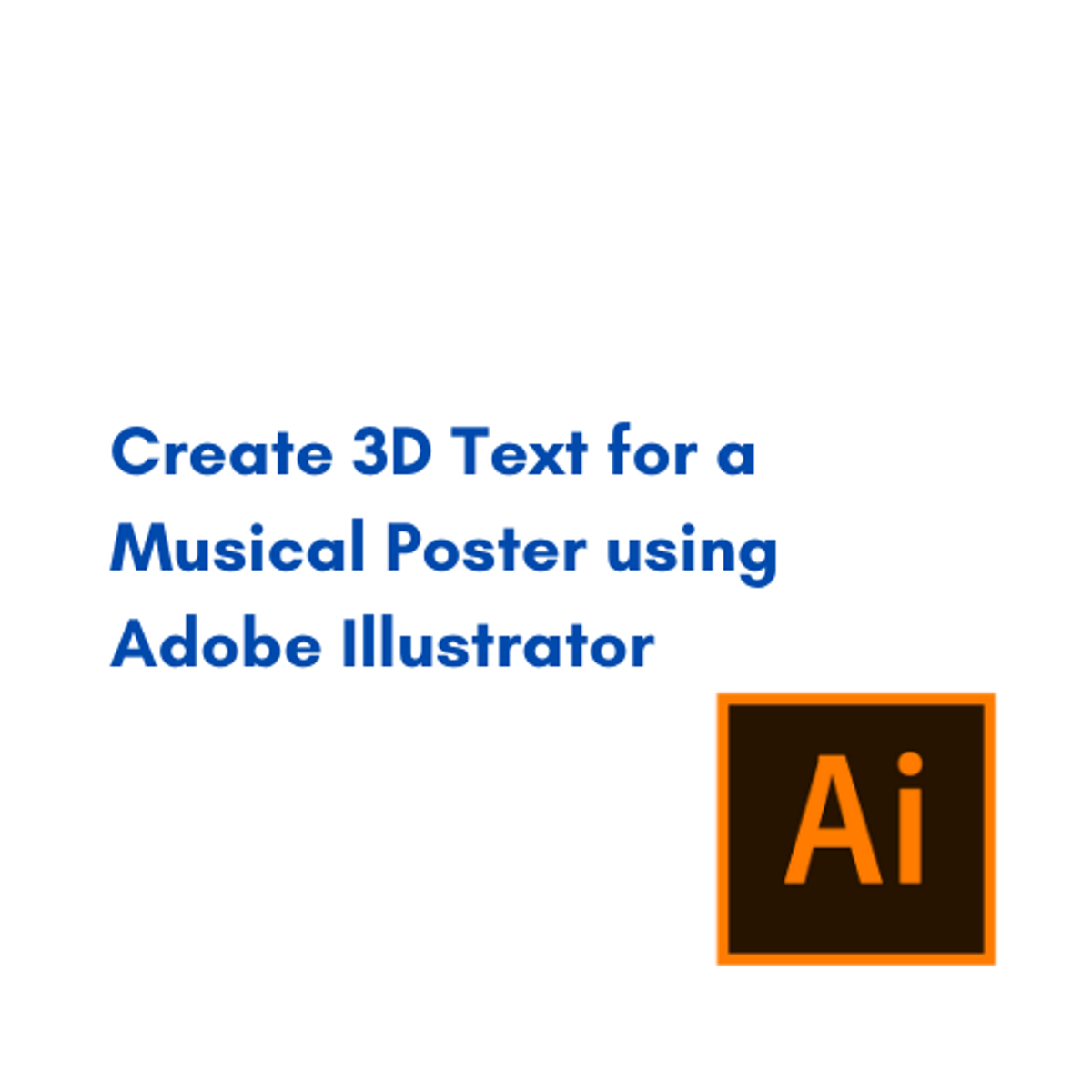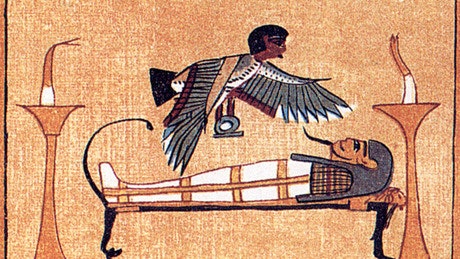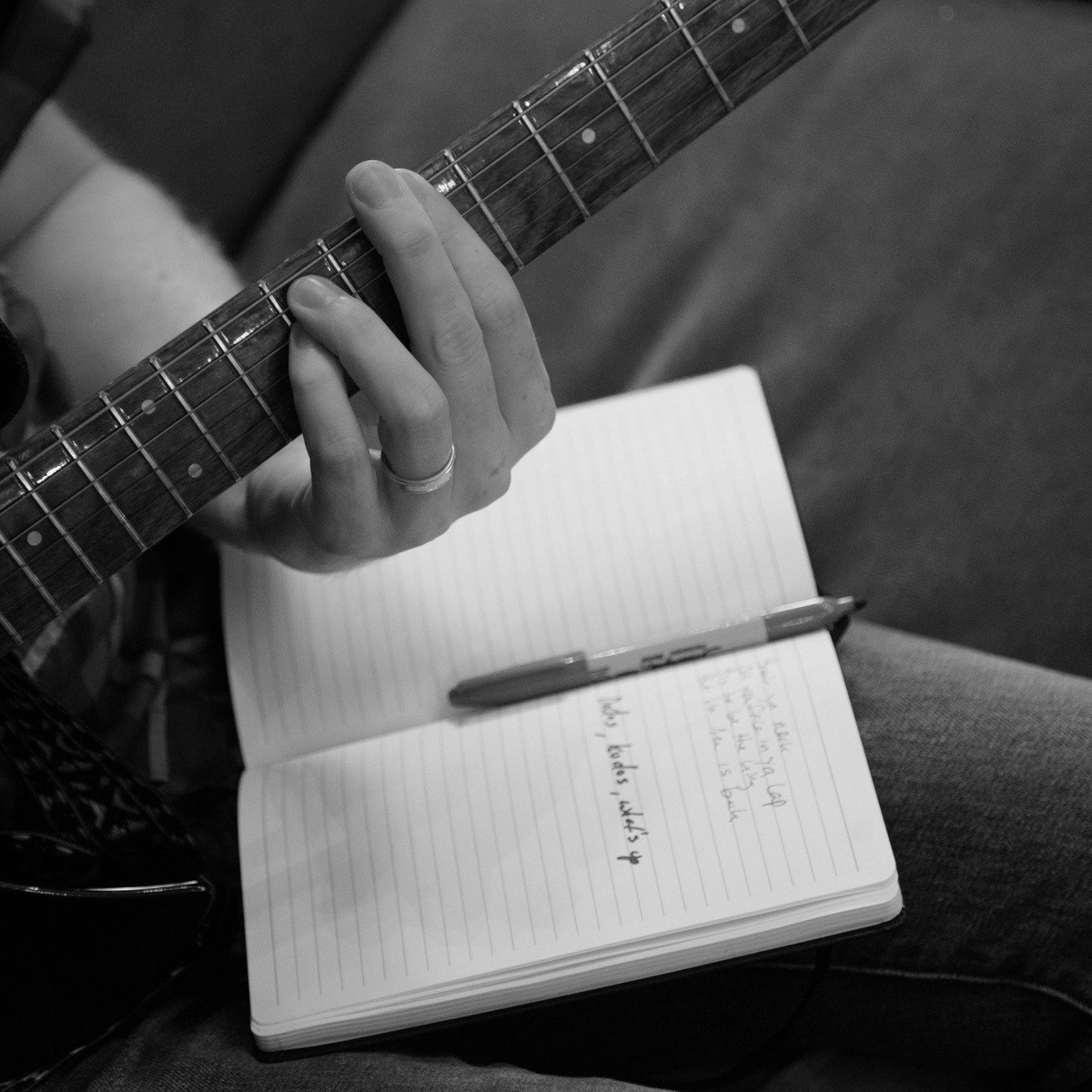Back to Courses









Arts And Humanities Courses - Page 42
Showing results 411-420 of 464

The Place of Music in 21st Century Education
What do children need from education now, and in the future? How is technology best used in teaching and learning? How can innovative approaches to education be reconciled with established, traditional ones? What does student-centred learning really mean?
This five module course is not just for classroom or ensemble music educators. It’s suitable for anyone interested in creativity-infused education, in contemporary education issues, and in the integration and use of digital technology. It’s designed to challenge old paradigms, to inspire innovative and creative pedagogical philosophies, and to develop your ability to critically respond to the latest research.
We’ll visit schools with vastly different approaches to learning and teaching, and meet inspiring teachers and principals. We’ll venture inside the classroom to closely observe how technology is integrated with music education – or how it’s decidedly not!
We’ll talk to international leaders and experts about innovative and traditional approaches to music education, and I’ll provide insights from my own practice as well as from some of my students.
I’ll be provoking you to think critically and creatively, to develop your own ideas and theories around students’ educational needs and the impact of digital technologies, now and into the future.
Copy and paste this link into your browser to watch the trailer:
http://tinyurl.com/music-education-21st-century

Create 3D Text for a Musical Poster using Adobe Illustrator
By the end of this project, a 3D text will be created and used in the design of a Musical Poster for a Jazz event. 3D text is way more interesting than a flat/2D text.
You will be able to design a 3D shading for a text using several tools. This shading will be done manually. Different layers of the text will be created and their change in placement will create shapes. These shapes add depth and dimensions to the letters of the written text. By the help of gradient colors and different shades of the same color, the final look of the 3D letters will be created.
This project is for intermediate designers, who already have the basics of Adobe illustrator, who can build simple designs using this program.
Learning to create a 3D text in this project will add more skills to the designer's design skills to create interesting designs thus grabbing the audience attention. Which is every designer’s aim!
Learning to use Adobe illustrator enables you to design various designs that are all related to vectors.

America Through Foreign Eyes
The United States has always been a source of fascination — both attraction and repulsion — for the people of France, Mexico, China, and African countries such as Nigeria, Ghana, and Sudan. "America Through Foreign Eyes" is a rich, interdisciplinary, international course that features Rice University faculty from a variety of disciplines and area studies. Focused on perceptions of America abroad, the course is a cross between World Cultures and American Studies. The course features five core modules, each covering the perceptions and interactions of particular regions with America, Americans and Americanization.

Create High-Fidelity Designs and Prototypes in Figma
Create High-Fidelity Designs and Prototypes in Figma is the fifth course in a certificate program that will equip you with the skills you need to apply to entry-level jobs in user experience (UX) design. In this course, you will follow step-by-step tutorials to learn how to create high-fidelity designs, called mockups, in Figma, a popular design tool. Then, you’ll turn those designs into an interactive prototype that works like a finished product. You’ll conduct research to collect feedback about your designs and make improvements. Finally, you’ll learn how to share your designs with development teams and highlight your work in your professional UX portfolio.
Current UX designers and researchers at Google will serve as your instructors, and you will complete hands-on activities that simulate real-world UX design scenarios. Learners who complete the seven courses in this certificate program should be equipped to apply for entry-level jobs as UX designers.
By the end of this course, you will be able to:
- Build mockups and high-fidelity prototypes in Figma.
- Define and apply common visual design elements and principles.
- Demonstrate how design systems can be used to organize, standardize, and enhance designs.
- Understand the role of design critique sessions and feedback while iterating on designs.
- Learn how to hand off finished design projects to engineering teams.
- Complete mobile app designs to include in a professional UX portfolio.
This course is suitable for beginner-level UX designers who have completed the previous four courses of the Google UX Design Certificate. Alternatively, learners who have not completed the previous courses should have a strong understanding of the design process, how to create low-fidelity designs on paper and in Figma, and how to conduct usability studies.

Meditation: A way to achieve your goals in your life
Do we truly think that we have lived for ourselves? Perhaps we have lived for money, love, fame, family and pride etc.? Therefore, we don’t seem to be satisfied even though we are full of those things. It is because that we don’t know ourselves.
Eric Fromm talked about human nature as two modes of being: “To Have” and “To Be”. If we are “Having” the nature of possessions, we are not satisfied, and feel empty and futile. Then, how can we be “Being” the nature of our inner-selves?
Sometimes, we happened to be aware of this “Being” nature and try to change ourselves, but fail. But, because of our daily routines, it’s easily forgotten. And more it is hard to escape from our unwanted minds controlling us.
From now on, let us reflect on ourselves and look at our minds leading up to today! Don’t we achieve our goals after knowing ourselves? And let us find the “Being” nature of our original selves after escaping from the minds restraining and controlling us.
In this lecture, the definition and principle of the mind are explained in simple and clear ways. You can make sure and practice the methodology of finding the true original mind of inner-self by escaping from the false mind of possession.
Self-reflection is the first step to meditate. You can know yourselves most objectively through meditation and you will realize that all the thoughts and actions are due to your minds which are nonexistent and false. If you throw away the false mind, you will find the true mind.
Meditation is now world-wide sensation. There are many research reports that show people can be leaders if you have a habit of self-reflection through meditation. Now meditation at school and the workplace are popular.
Happiness is having no worries. You can really relax yourself if there is no bundle of thoughts and you can be successful when you know yourself truly. Worries come from the memorized thoughts of the false mind. Your inner potential of positive power are revealed, your peaceful and happiest mind will be in your mind, and you can live the life you wanted through meditation.
This method of meditation is very practical and everybody can follow the methodology. As an engineer, I will guide you step by step to practice this meditation. I am sure that this lecture becomes a turning point in your life.

Soul Beliefs: Causes and Consequences - Unit 2: Belief Systems
Throughout history, the vast majority of people around the globe have believed they have, however defined, a “soul.” While the question of whether the soul exists cannot be answered by science, what we can study are the causes and consequences of various beliefs about the soul and its prospects of surviving the death of the body. Why are soul and afterlife beliefs so common in human history? Are there adaptive advantages to assuming souls exist? Are there brain structures that have been shaped by environmental pressures that provide the foundation of body/mind dualism that is such a prominent feature of many religions? How do these beliefs shape the worldviews of different cultures and our collective lives? What is the role of competing afterlife beliefs in religion, science, politics, and war? This course explores several facets of this relatively unexplored but profoundly important aspect of human thought and behavior.
The course consists mainly of 70 to 80 minute lectures, typically broken up into 3 segments, recorded from a course offered by Rutgers University School of Arts and Sciences. These videos include slides and some embedded video clips. Most lectures are accompanied by slides used during the lecture, also including recommended reading assignment which may provide additional opportunities to reflect on your studies.
Due to the lengthiness of this class and natural progression, the online course has been separated into 3 units, this is Unit 2.

Songwriting: Writing the Music
If your notebook is full of unused lyrics and you’re struggling to find inspiration for the music, this course is for you. Whether you are an experienced songwriter looking for new ideas or a beginning songwriter learning to read music, this course will lead you to a rich source of songwriting possibilities.
Led by award winning songwriter and Berklee College of Music professor Scarlet Keys, you’ll learn to construct strong, expressive melodies that your audience will remember as well as experiment with new chords to break out of any harmonic rut. Whether you are new to writing music or are looking for new ideas to change up your songs, this class will teach you how to make deliberate choices with your harmonies and melodies to best emulate the emotions you want your audience to feel. You will start by discovering common chord progression and tying specific emotions to each chords in a scale. Then you will practice changing the harmonic and melodic rhythm of a song to better highlight important lyrics. Finally, you will learn to create melodic hooks and simple techniques to help you generate new melodic ideas.

Intellectual Humility: Practice
We live in a polarised world where all too often people talk past each other. But do you know when to believe what others say? For example, how quick should we be to accept something that someone else tells us is true, and what should we be looking out for when assessing a person's trustworthiness? Meanwhile, what should we do when we encounter disagreements with people who seem to be our equals? How and when should we adjust our beliefs, and how does the appropriate response vary depending on the evidence? These challenges may be especially important in the arena of religious disagreements. How should we weigh the evidence for and against various theistic and atheistic stances?
Experts in psychology, philosophy, theology and education are conducting exciting new research on these questions, and the results have important, real-world applications. Faced with difficult questions people often tend to dismiss and marginalize dissent. Political and moral disagreements can be incredibly polarizing, and sometimes even dangerous. And whether it’s Christian fundamentalism, Islamic extremism, or militant atheism, religious dialogue remains tinted by arrogance, dogma, and ignorance. The world needs more people who are sensitive to reasons both for and against their beliefs, and are willing to consider the possibility that their political, religious and moral beliefs might be mistaken. The world needs more intellectual humility.
In this course. we will examine the following major questions about applied issues surrounding intellectual humility:
• Should you believe what people say?
• How should we handle disagreement?
• What is the role of evidence in resolving religious disagreements?
All lectures are delivered by leading specialists, and the course is organised around a number of interesting readings and practical assignments which will help you address issues related to humility in your daily life.
This course can be taken as a part of a series which explores the theory, the science and the applied issues surrounding intellectual humility. Before, we considered how to define and measure intellectual humility, what intellectual virtue is, whether we are born or can become humble, and what cognition and emotions can tell us about intellectual humility. If you are interested, complete all three courses to gain a broader understanding of this fascinating topic. Look for:
• Intellectual Humility: Theory - https://www.coursera.org/learn/intellectual-humility-theory
• Intellectual Humility: Science - https://www.coursera.org/learn/intellectual-humility-science
Check out our trailer to hear more - https://youtu.be/x_CWjrYxKZU.

Print and Digital Elements of Design: Branding and User Experience
Graphic design projects can be delivered in either a printed format or a digital format, or both. This course will look at how to work with creative professionals to get the ideal usage out of a design to use in print medium such as logos, brochures and larger printed projects that will also carry over as seamlessly as possible into the digital realm of websites and social media. We will also cover the user experience and how to keep the end result in mind when working on creative endeavors.

Anti-Racism III
Anti-Racism III is the third course in CU Boulder's Anti-Racism specialization on Coursera. You will be asked to apply and deepen what you've learned about race, racism, identity, and inequality in the first and second courses to a more global context that understands systemic racism and white supremacy as a human rights issue. You will also be invited to consider how you might engage in anti-racist practices in your own life, and you will be challenged to design a community outreach project that leverages your own experience and skills as an anti-racism advocate. Anti-Racism III will be available in Fall 2021.
Course logo image credit: Taylor Brandon, 10/11/2020. Available on Unsplash at https://unsplash.com/photos/HRfGpPrzmNg
Popular Internships and Jobs by Categories
Find Jobs & Internships
Browse
© 2024 BoostGrad | All rights reserved